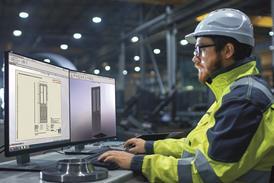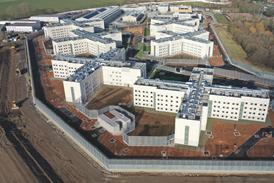- News

All the latest updates on building safety reformRegulations latest
- Focus
- Home
- News
- Focus
- Comment
- Events
- CPD
- Building the Future
- Jobs
- Data
- Subscribe
- Building Boardroom
‘Why?’ is the question we should be asking in 2025 – and here is the answer
By Paul Beeston 2025-01-16T07:00:00

By focusing on outcomes rather than procedures we can bring about the change the industry so deperately needs, says RLB’s Paul Beeston
As an industry we lament the short termism that often accompanies the election cycle and are more critical still of the revolving door of construction ministers within Whitehall. We run a keen eye over the Budget and big policies. But where does the responsibility really lie? Surely, as an industry, we need to look to ourselves first?
Although we are familiar with the famous Einstein saying that continuing to do the same thing over again and over is the definition of insanity, much of the industry still stumbles from project to project with often haphazard learnings that keep needing to be relearnt.
Project teams are often transient and organisations not always willing to learn – or capable of learning. And, although we are committed to doing so, as a sector we still underinvest in both innovation and training.
Already registered? Login here
To continue enjoying Building.co.uk, sign up for free guest access
Existing subscriber? LOGIN
Stay at the forefront of thought leadership with news and analysis from award-winning journalists. Enjoy company features, CEO interviews, architectural reviews, technical project know-how and the latest innovations.
- Limited access to building.co.uk
- Breaking industry news as it happens
- Breaking, daily and weekly e-newsletters
Get your free guest access SIGN UP TODAY

Subscribe now for unlimited access
Subscribe to Building today and you will benefit from:
- Unlimited access to all stories including expert analysis and comment from industry leaders
- Our league tables, cost models and economics data
- Our online archive of over 10,000 articles
- Building magazine digital editions
- Building magazine print editions
- Printed/digital supplements
Subscribe now for unlimited access.
View our subscription options and join our community

















